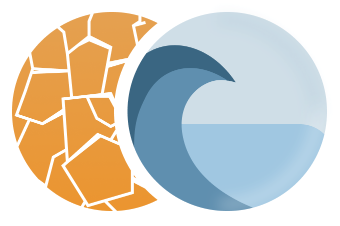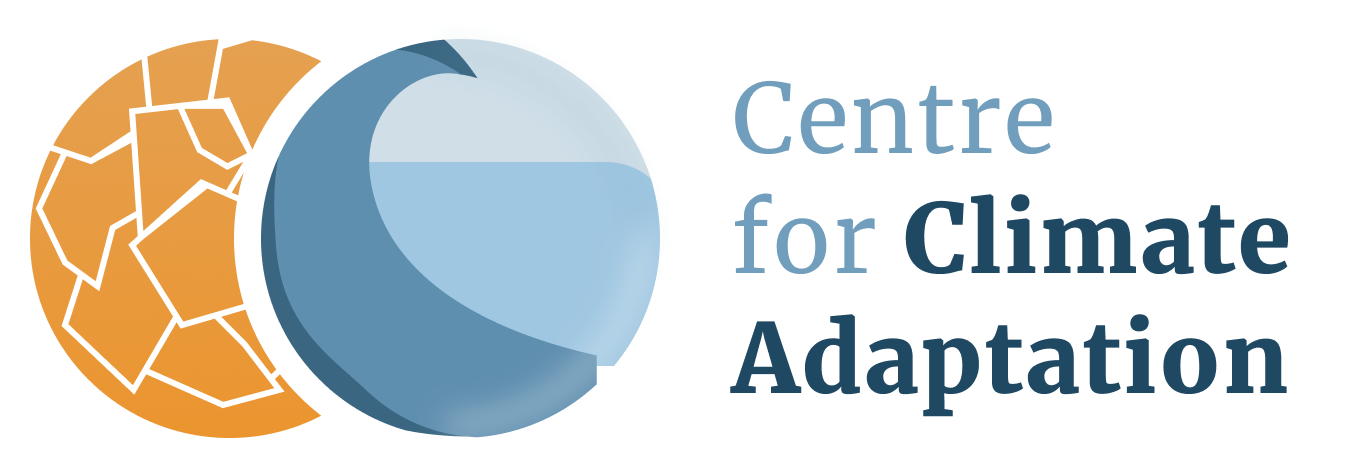Sweden
Energy
Sweden’s future energy balance
In Sweden, hydropower accounted for 45%, nuclear power for 44%, bio-based electricity for 6%, fossil-based electricity for 3% and wind power for 1% of power production in 2007. … Naturally good availability of watercourses for hydropower production, combined with national energy policy and investments in non-fossil fuel-based electricity production, have resulted in almost entirely fossil-free electricity production in Sweden (1).
Sweden’s energy balance will benefit from climate change as a result of both reduced need for heating and increased hydropower potential due to the increase in precipitation (2). Hydropower and wind are the current key renewable energy sources in Europe. At present 19.8% of electricity in Europe is generated by hydropower. By the 2070s, hydropower potential for the whole of Europe is expected to decline by 6%. For Northern and Eastern Europe, however, a 15 to 30% increase is expected (3). The conditions for increased hydroelectric power production in Sweden may increase – particularly in the north of the country – by an estimated 15–20% (2).
Sweden’s future hydropower production potential
In Sweden, the increased runoff according to different scenarios will give potentially up to 40% higher hydropower production at the end of the 21st century. How much of this will really exist is unclear, as the production systems probably will change during the time horizon of the used scenarios (4). In an older study, the estimations based on a scenario of doubled atmospheric CO2–concentration suggest an increase of annual hydropower production of 15% in Sweden (5).
For Sweden an aggregated increase of the income from hydropower production during 2010-2100 is expected of 190-260 SEK billion. The temperature changes result in a reduced need for heating. Calculations indicate a reduction of around 30%. At the same time, the need for cooling becomes around five times as great. For 2010-2100 an aggregated reduced heating need is expected in Sweden of 600-690 SEK billion. The cooling need in Sweden, however, is expected to increase with 130-150 SEK billion (1).
Hydropower production is favoured by an increase in water inflow and the fact that a more balanced annual rhythm of water flow is expected. Wind power production may also increase as the energy content of wind is expected to increase in the long term in the Baltic Sea region. Excessively windy conditions and icing may, however, cause problems for wind power production. Bioenergy production is also expected to increase in a milder climate and with a longer growing season. Changed climatic conditions may also have consequences for security of supply in the energy sector. Heavy rains may cause dam bursts in the hydropower industry, which may have extensive consequences for society (1).
For hydroelectric power, the cost of measures which may be needed, such as reinforcing dams, does not compare to the increase in income. Increasing taxation on hydroelectric power would mean that the state would benefit from the increased natural resources resulting from climate change, and would use this to improve conditions in those areas where climate change has a negative impact (2).
Effects on biodiversity
Hydropower plays an important role in our transition to clean energy. However, the downside of this energy source is that the discharge dynamics and thus the biodiversity of rivers is damaged. In northern Europe, climate change can be beneficial for both electricity production and biodiversity.
A study for a river catchment in northern Sweden shows that – with current hydropower operational rules – electricity production will increase here because of increased magnitude and changed timing of runoff. At the same time, climate change increases the risk for losses in biodiversity and ecosystem functions in these regulated rivers due to the combined stress of hydropower production and climate change. The introduction of environmental flow measures offers the opportunity to mitigate negative effects on these ecosystems. Environmental flow is defined as ‘the quantity, quality, and temporal pattern of water flows required to sustain riverine ecosystems and the ecosystem services they provide’ (11). In practice this means that minimal runoff is discharged through a dam at the expense of electricity production. The environmental benefits are considerable compared with the relatively small loss in electricity production (10).
The study shows that climate change in this river system can be a win-win-situation for both electricity production and biodiversity. Mean annual runoff in this river system is projected to increase to such an extent that the production of renewable electricity can increase while introducing environmental flow conditions to rehabilitate ecosystems and mitigate climate change effects on biodiversity (10).
Sweden’s future wind energy potential
Wind share of total electricity consumption in Sweden was 3.2% by the end of 2010. Overall in the EU, in a normal wind year, installed wind capacity at the end of 2010 meets 5.3% of the EU’s electricity needs (7).
Sweden seems to follow the same pattern as Norway when it comes to changes in wind speed. The annual increase in Sweden in 2040 will be 1% climate change projections. The average wind speed in Finland is the lowest in the Nordic region: the annual increase in wind speed is 0.5% in 2040 (6).
Electricity export to other countries
Sweden has imported electricity from its Nordic neighbours in the past, but as Sweden invests in two gas power plants around 2007, it starts exporting electricity to its Nordic neighbours. Increased production of hydropower, bio energy and wind energy increases the export until 2030 (6).
Climate change impacts on electricity markets in Western Europe
The expected climate changes in the 21st century are likely to have a small impact on electricity prices and production for the energy markets of Western Europe. This has been estimated by modelling three climatic effects (9):
- changes in demand for electricity due to changes in the need for heating and cooling,
- changes in supply of hydropower due to changes in precipitation and temperature, and
- changes in thermal power supply due to warmer cooling water and therefore lower plant efficiency.
According to the model results each of these three partial effects changes the average electricity producer price by less than 2%, while the net effect is an increase in the average producer price of only 1%. Similarly, the partial effects on total electricity production are small, and the net effect is a decrease of 4%.
The greatest effects of climate change are found for those Nordic countries with a large market share for reservoir hydro. In these countries total annual production increases by 8%, reflecting an expected increase in inflow of water. A substantial part of the increase in Nordic production is exported; climate change doubles net exports of electricity from the Nordic countries, while the optimal reservoir capacity is radically reduced (9).
Adaptation strategies
National context is important for adaptive capacity in that it provides essential instrumental framework conditions within which adaptations can happen. The Swedish framework leaves a larger room for adaptations than the Norwegian, in particular towards future climate change. The Swedish regulatory framework allows for investments in robustness, while the Norwegian system emphasises economic efficiency at the cost of considerations like security of deliverance, and also shows a larger gap in current vulnerability. The Swedish companies, accordingly, have spent more on adaptations than the Norwegian ones (8).
References
The references below are cited in full in a separate map 'References'. Please click here if you are looking for the full references for Sweden.
- Ministry of the Environment of Sweden (2009)
- Swedish Commission on Climate and Vulnerability (2007)
- Lehner et al. (2005), in: Alcamo et al. (2007)
- Bergström et al. (2003), in: Kirkinen et al. (2005)
- Lundahl (1995), in: Kirkinen et al. (2005)
- Gabrielsen (2005)
- European Wind Energy Association (2011)
- Inderberg and Løchen (2012)
- Golombek et al. (2012)
- Widén et al. (2024)
- Arthington et al. (2018a, 2018b), in: Widén et al. (2024)




